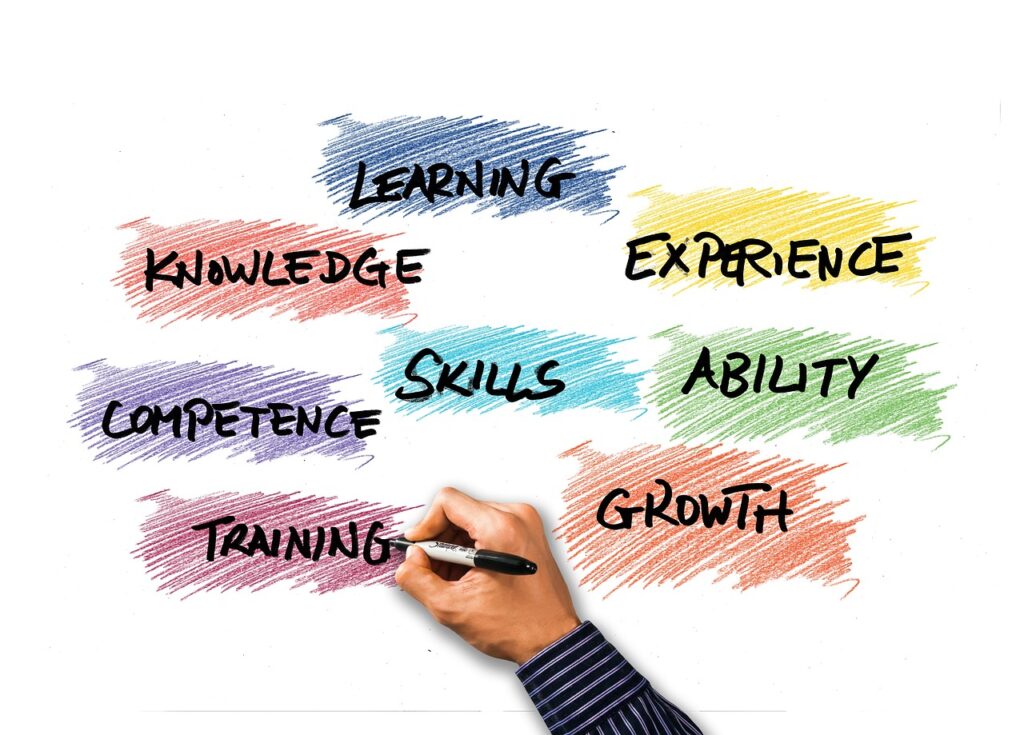What’s driving the much-discussed skills shortage across Australia and how can your business compete for available talent?
Businesses of all sizes, across all industries and in every corner of Australia and New Zealand are experiencing skills and labour shortages at unprecedented levels.
The effects are increasingly visible, with businesses reducing operating hours, staff-wanted signs prominent in retail store windows and poorly stocked supermarket shelves more the norm.
What is driving the labour shortage?
While border closures over the last couple of years have led to positive domestic health outcomes and driven strong economic recovery, they’ve highlighted gaping holes in our workforce, which are unlikely to be filled soon.
The COVID effect
Australia’s migration programme typically adds nearly 250,000 people to the population annually. However, COVID-19 and closed borders saw migration swing to a net outflow of 95,000 in 2021, with a similar picture building in New Zealand.
While opening borders will ease the pressure (although there is also the risk of an outflow of workers), unfortunately, it’s unlikely to offer an antidote to the domestic labour crisis that has been building over many years.
Decline in the local skill base
Education and training play a crucial role in labour supply, and the local skill base has declined over the past decade. Apprenticeship numbers have been falling, and the volume of graduates in healthcare and engineering is not keeping up with demand.
For example, it’s estimated that over the next few years, Australia will need around 11,000 new engineers annually – nearly 2,500 more than the domestic undergraduate numbers. And as it takes, on average, three to four years to qualify, many of these shortages can’t be filled overnight.
In addition, slowing population growth and an ageing workforce mean that many workers are at or near retirement age.
Skill mismatch
The strong education and training on offer in both Australia and New Zealand aren’t necessarily meeting the current needs of the labour market.
This mismatch in skills can lead to despondent workers or applicants being ‘over-qualified’ for the job on offer.
Industries hit hardest by labour shortages
The current labour shortages are being felt far and wide and have been identified across 153 (nearly 20 percent) of assessed occupations in Australia.
Some of the hardest-hit industries – now and into the future – are as follows.
STEM
Science, technology, engineering and mathematics (STEM) jobs are growing almost twice as fast as other jobs.
The sector in Australia is predicted to grow a further 12 percent in the next five years. This is rapidly outpacing local talent, with Careers with Stem predicting Australia will need 6.5 million additional digitally skilled workers by 2025. It’s a similar story in New Zealand, with up to 80 percent of all IT jobs created in 2019 required to be filled by migrant workers as the local talent pool falls behind.
Healthcare
As the largest employing industry in Australia and with a growth of almost 16 percent projected by 2026, labour shortages have become particularly visible as we’ve weathered the COVID storm.
New Zealand has fallen even further behind, with an estimated 12,000 nurses and 3,000 GPs and senior doctors needed just to match Australia’s current per capita levels.
Trades and construction
According to the Labour Market Insights Skills Priority List, shortages are most common in the technicians and trade workers occupation group, with 42 percent of these assessed as in shortage. While the government-led Apprenticeship Support program in Australia and Apprenticeship Boost in New Zealand address the issue to a degree, this will take some time.
Hospitality
With many roles in the sector previously filled by international students and working holidaymakers, it’s no surprise that significant shortages exist in hospitality.
According to the Australian National Skills Commission’s Recruitment Insights Report, 63 percent of employers are finding it difficult to fill positions. In New Zealand, data has shown a huge 52 percent decrease in applicants for hospitality work in Auckland and 34 percent nationally.
Four winning strategies when competing for talent
Local demand for labour is usually filled by drawing from a pool of unemployed, newly qualified or migrant workers. However, this is not a limitless supply. So, what can be done to build the pipeline and secure a long-term, robust workforce?
Make better use of the existing workforce
Leveraging the part-time workforce by offering increased flexibility of hours or support with things like childcare, for example, may tap into a large pool of potentially underutilised workers.
Invest in domestic skill development
The need for investment in both the current and future workforce has become apparent and needs to be a focus for both the government and employers in the following areas:
Government collaboration with industry to identify skill gaps
Development, funding and availability of micro-credentials, allowing workers with skills that may not perfectly align with current shortages to upskill and retrain using their existing transferrable skills
Businesses need to be willing to hire from specific courses or institutions, as this will draw students into these fields of study
A focus on retention
As demand for staff rises, so do salaries and the appeal of moving to another organisation, therefore retaining workers becomes paramount.
Education, ongoing training and career progression are critical elements driving retention.
Develop a targeted approach to securing migrant workers
While filling a few key roles may be your immediate priority, Australia now has the opportunity to take a step back and work towards a future with a more targeted approach to securing migrant workers. This may mean deploying strategies that make you less reliant on migrants, or to engage these resources remotely where possible.
Plan for the future and you won’t get caught short
It’s now crucial for businesses to take an active role in their future employee needs, and to look beyond the status quo to retain existing employees.
Businesses that respond quickly to the shifting dynamics of the workforce and identify their future labour needs will be well-positioned to weather labour shortages now and into the future.









